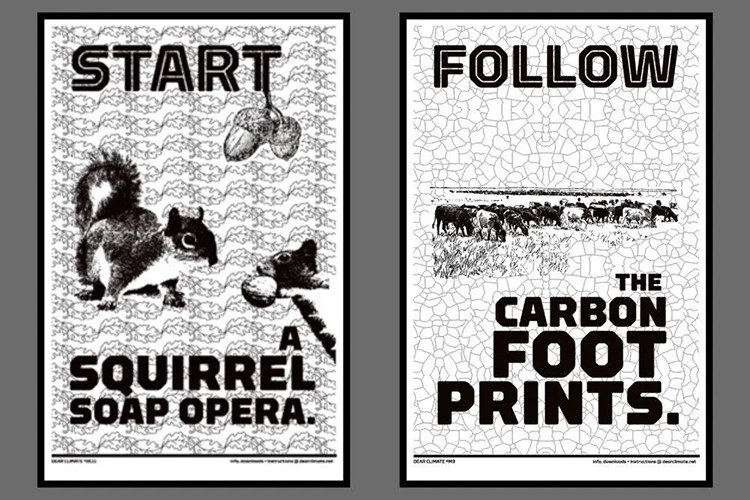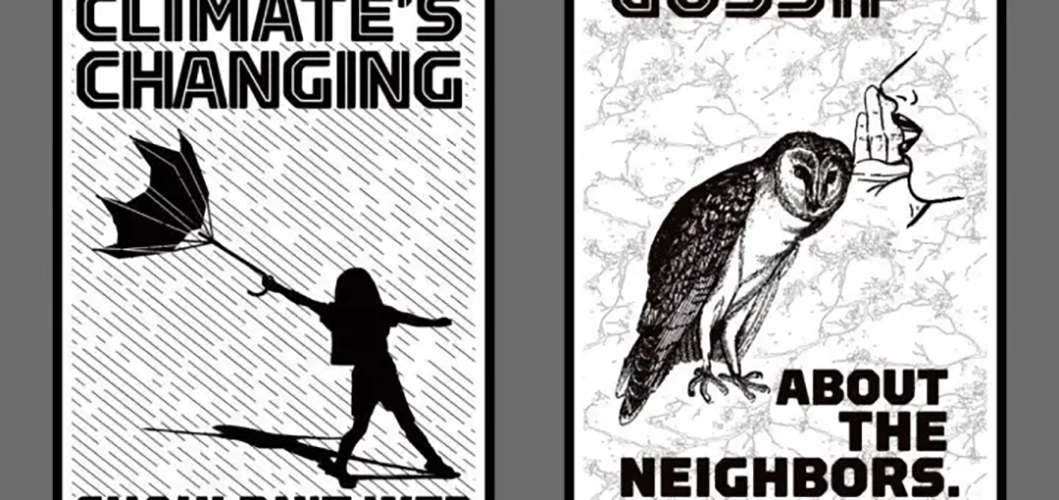Overview
When I developed a course for Lawrence University called “Environmental Justice and Citizenship,” I envisioned that the class would first analyze powerful narratives about environmental inequalities and then explore notions of environmental citizenship that might respond to and address those inequalities. However, reading about toxicity, pollution, and climate change led quickly to expressions of frustration and despair. The narratives might have been skillful, beautiful, strategic—but all that was easily lost in the face of students’ emotions.
Especially when it comes to the environment, we think of catastrophe, not potential.
These strong feelings were of course apt, given the urgency and scope of threats to the environment. As activist and writer Derrick Jensen insists, “despair is an entirely appropriate response to a desperate situation.” But research suggests that consuming dire depictions of environmental challenges might deter us from taking action and finding solutions. Moreover, an overly gloomy classroom may well discourage the kind of open mindset necessary for personal and academic growth. Given the often-debilitating realities of environmental issues, how can we build an environmental pedagogy that doesn’t leave students disempowered and disengaged?

































